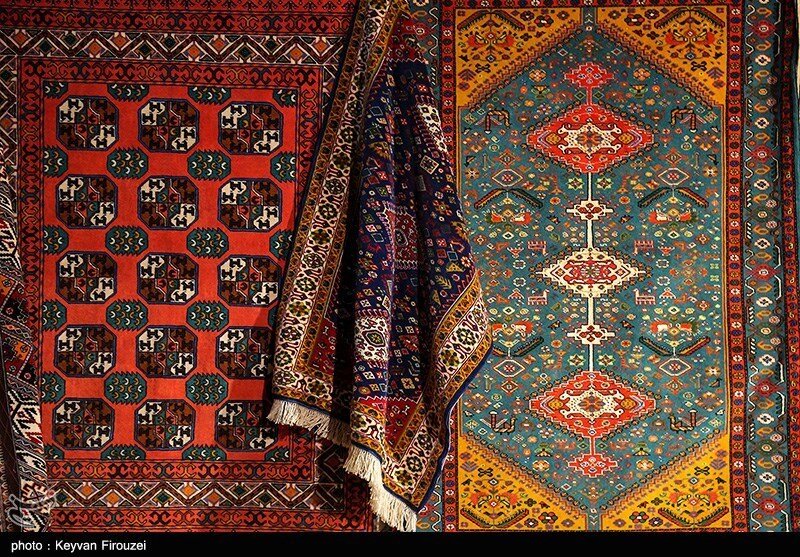INSUBCONTINENT EXCLUSIVE:
craftsmanship of their ingenious handwoven rugs.Ample evidence suggests the history of carpet weaving in the southern Fars province is very
long and its exact date is quite ambiguous
The fame of the Fars carpet in this period was so great that Ghazan Khan asked local artists to weave Fars carpets for his palace
In the ninth and tenth centuries AH, with the presence of more Qashqai, Khamseh tribes, and other tribes in this province, carpet weaving
flourished in this region
This art continued until the present and became one of the main features of this region.Moreover, the nomadic lifestyle has a direct impact
on the use of the elements of nature
People in this area-created beauty and this beauty emerged to the Fars carpets gradually.In addition to the numerous varieties of designs
and styles in these types of rugs and carpets, there are commonalities, such as the existence of geometric designs or the use of cheerful
colors that are inspired by this region
The most important common denominator among all types of Fars handicrafts is the loose texture of the knots and their lightweight, and of
course, the dominance of geometric designs can be seen at first glance.Due to the high volume of Fars carpets woven by nomadic women in this
region, the loom carpet used for it is different
For example, unlike many areas, the loom carpet in this area is mostly on the ground and horizontal so that it can be easily moved during
migration.Fars carpets usually have a very special design and are woven in pairs or with a rug
and inspired by the order carpet design.Traditional motifs or patterns are often woven mentally and have a geometrical structure
The most important feature of this type of Fars carpet is their symmetry of weaving
Fars Carpets are woven symmetrically with traditional motifs from their horizontal or vertical halves.For weaving Fars carpets and rugs,
according to the UN cultural body, wool for the carpets is shorn by local men in spring or autumn
The colors used are mainly natural: reds, blues, browns, and whites produced from dyestuffs including madder, indigo, lettuce leaf, walnut
skin, cherry stem, and pomegranate skin.The women are responsible for the design, color selection, and weaving, and bring scenes of their
nomadic lives to the carpet
To finish, the sides are sewn, extra wool is burned away to make the designs vivid, and the carpet is given a final cleaning.All these
skills are transferred orally and by example
Mothers train their daughters to use the materials, tools, and skills, while fathers train their sons in shearing wool and making looms.The
Great and had its capital at Pasargadae
Darius I the Great moved the capital to nearby Persepolis in the late 6th or early 5th-century BC.AFM

